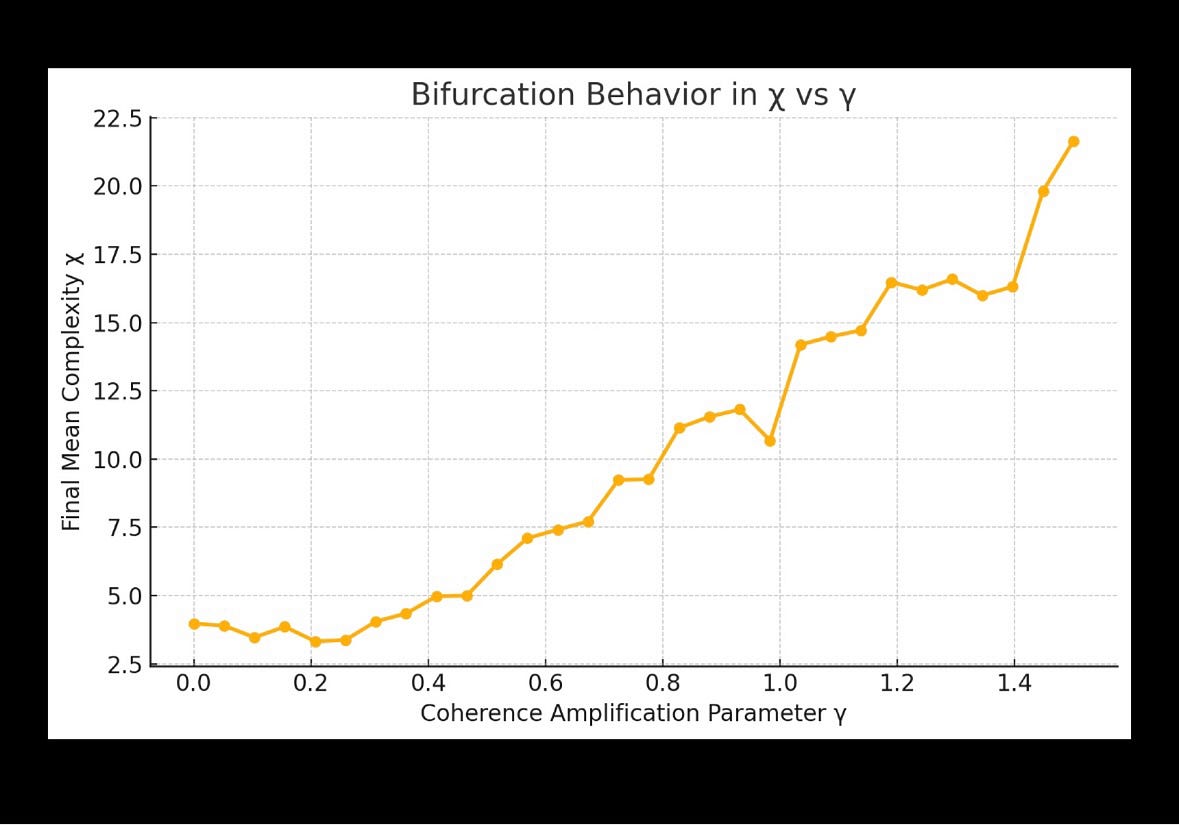Medium
2M
399

Image Credit: Medium
Persistent Quantum Structures and Emergent Complexity:
- The theory introduces a framework to explain the persistence of complex structures in a universe governed by the second law of thermodynamics, focusing on nucleons as coherence anchors resisting decoherence and catalyzing complexity.
- Key concepts include reinterpreting measurement as temporal projection and decoherence as constructive selection, with structure defined as memory.
- A coherence potential, Φ_coh, captures entropy flow imbalance, influencing the emergence and stabilization of complexity.
- The system evolves through PDEs relating complexity (χ), coherence anchor density (η), and entropy asymmetry potential (Φ_coh), showing stable solutions under certain conditions.
- Simulations with spatial nodes and time steps illustrate how complexity emerges in regions with sustained coherence density and is influenced by noise and damping parameters.
- Experimental analogs like nuclear spin coherence studies and reaction-diffusion systems support the theory's predictions on coherence-driven complexity emergence.
- The theory integrates coherence, entropy asymmetry, and feedback into a testable framework, offering insights into complexity emergence in various systems.
- A falsifiable prediction suggests that structure will persist in spin-coherent biological systems only if nuclear spin coherence exceeds a critical time.
- Overall, the theory bridges quantum mechanics, thermodynamics, and self-organization, with implications for biological and physical systems.
Read Full Article
24 Likes
For uninterrupted reading, download the app